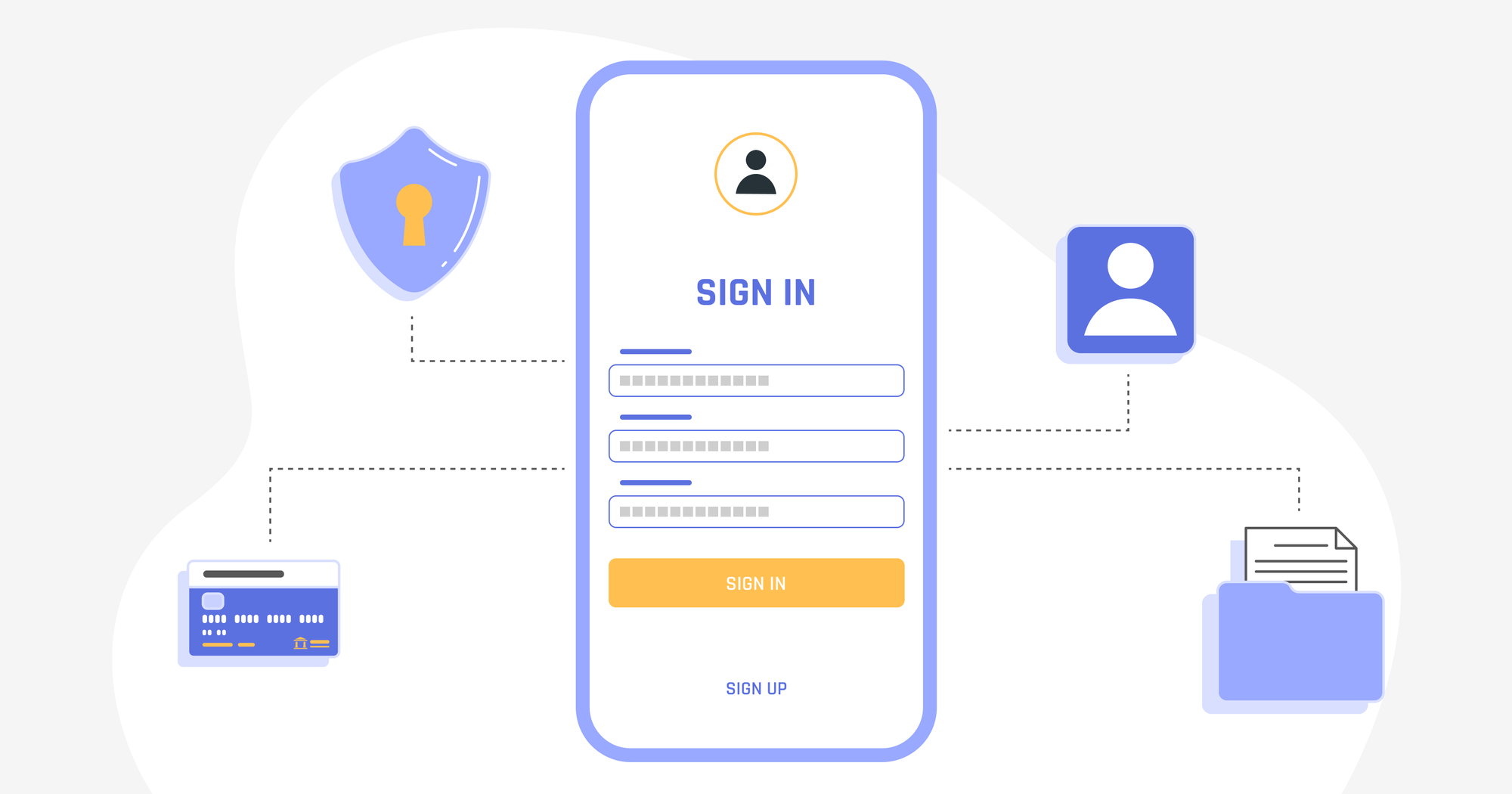Data security is one of the most critical challenges for any business operating in the digital world. The loss of confidential information or unauthorized access to essential systems can cost a company its reputation, customer trust, and financial resources.
Authentication and authorization are the two key processes that ensure access control. While these terms are often used together, they serve distinct functions. A clear understanding of their roles is essential to build an effective data protection system and mitigate potential risks.
Authentication: Who is gaining access?
Authentication is the process of verifying a user’s identity before granting them access to a system. It answers the question: is this person really who they claim to be?
As a result:
- Only trusted users can access the system, reducing the risk of fraud.
- Employees can securely access corporate resources without compromising account integrity.
- Customers feel confident knowing their personal data is protected from malicious actors.
Modern authentication methods include passwords, two-factor authentication (2FA), biometric data, and other technologies that ensure a high level of security.
Authorization: What actions are allowed?
While authentication establishes the user’s identity, authorization determines the level of access granted. It answers the question: which resources and functionalities are available to this individual?
As a result:
- Clear access control to sensitive data, minimizing internal threats.
- Flexible role management, allowing limited permissions for different categories of employees or partners.
- Minimizing the risk of data breaches by restricting editing or deletion of critical data.
Important points for setting up authentication and authorization:
- Adaptability to сhange. Access policies must be regularly updated to align with evolving legal requirements and technological advancements to ensure ongoing security.
- Integration with security systems. Authentication and authorization should complement other security measures, such as encryption and activity monitoring, to provide comprehensive protection of corporate data.
- User-friendliness. The security system should not complicate workflows. Clear access and login processes reduce errors and enhance the overall user experience.
- Flexible role management. Access control should be adaptable, enabling businesses to adjust permissions for various employee categories without complicating workflows.
Proper configuration of authentication and authorization is about more than just security; it’s about optimizing business efficiency. A well-designed access control system protects data, minimizes risks, and provides ease of use for both employees and customers. By investing in these mechanisms, companies strengthen their defenses and build user trust.

